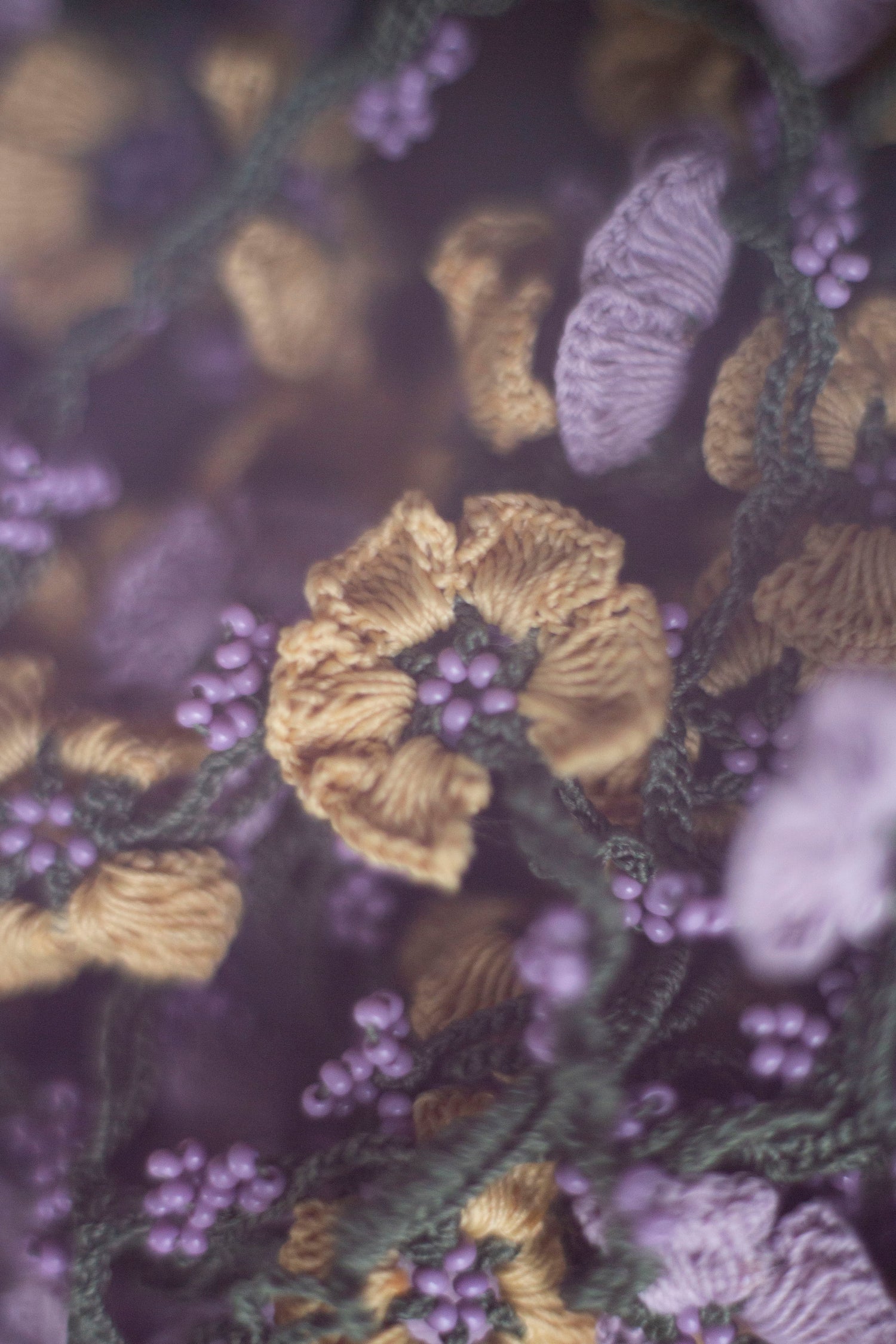 Oya is the delicate art of needle lace, woven into the fabric of Anatolian culture for centuries. More than just ornamentation, it is a deeply rooted tradition—passed from mother to daughter, sister to sister—embodying memory, emotion, and resilience.
Oya is the delicate art of needle lace, woven into the fabric of Anatolian culture for centuries. More than just ornamentation, it is a deeply rooted tradition—passed from mother to daughter, sister to sister—embodying memory, emotion, and resilience.
Nehla, one of our cherished artisans, learned the craft soon after finishing primary school. Surrounded by her mother and sisters who practiced it daily, she joined them—transforming a shared tradition into a source of livelihood from a young age.
But oya is more than a display of artistic skill. In times when women’s voices were often silenced by cultural norms, it became a secret language—a quiet form of resistance and expression. Each motif carries symbolic meaning: of love and longing, of sorrow, joy, or fertility—delicately threaded into lace.
In many Turkish homes, oya can still be found adorning garments, decorating rooms, or carefully folded in old boxes—testaments to memory and tradition. Nehla speaks with both fondness and sorrow of the pieces lost in the earthquake—each one a product of long hours of labour, stitched with care and personal history. She recalls her mother beside her, needle in hand, each movement guided by grace and instinct.
Traditionally, oya is included in the bohça—the bridal trousseau—where every piece carries subtle messages. A rose motif symbolises eternal love; ivy lace (sarmaşık oya) expresses a bride’s affection for her mother-in-law.
Motifs vary across regions, shaped by migration, economic struggle, and changing cultural landscapes. Some designs hold specific folkloric meanings, while others reflect the daily lives and aspirations of the women who craft them. From delicate florals to geometric patterns, oya is most often found edging scarves, shawls, and household textiles.
Today, many women continue to keep this heritage alive—like our Syrian artisans in Istanbul, who bring their own stories and traditions into each stitch. We are proud to have Nehla, Feriel, and Helin as part of Østerland, offering a glimpse into the intricate beauty and resilience held in every piece of oya.





